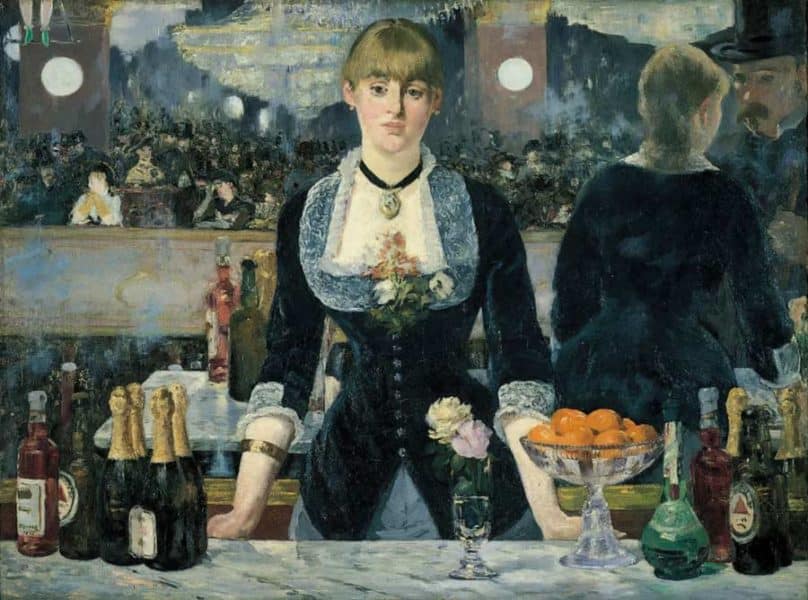Amberfi engaged the services of Lance Koonce of a leading Web3 intellectual law firm, Klaris, to answer questions from members of the community. Todays topic, the ability to mint public artworks as NFTs.
Have a question about digital collectibles and the law? Let us know and your question may be answered in a future column. Ask the Attorney appears on Wednesdays in Amberfi.
Q: Can I take photos of publicly shown artworks, even classic ones, and mint them as NFTs?

A: Yes. Works that are in the public domain can be freely used by anyone for virtually any purpose, and this includes the ability to mint public artworks as an NFT, even if others have already done so. Thus, you can mint as many NFT versions of the Mona Lisa as you like.

Generally, any works first published in the U.S. 96 or more years ago will be in the public domain and gives you the ability to mint public artworks as your own on the blockchain if you take a picture of it. If you are reading this in 2023, all works published before January 1, 1928 will be in the public domain.
This date rolls forward every year, so if you are reading this in future years, add one year to the date. (Works that have never been published get somewhat different treatment, which we will not attempt to address here.) For works published between 1928 and March 1, 1989, a work’s copyright status depends on whether certain statutory formalities were observed, such as providing a notice of copyright or following proper procedure for renewing the copyright.
One caveat is that you must be careful of how you obtain your photograph of a classic work. If you take the photograph in a museum or art gallery, make sure that any restrictions on photography imposed by the museum or gallery are observed. You may not be able to mint public artworks if there are laws within that establishment if they are against certain photography usages.
If you use a photograph taken by someone else or that appears in a book or online, make sure that you have permission to use that person’s photograph. Sometimes this will be provided through a Creative Commons license, with the caveat that you are depending on the person’s word that he or she captured the image.
At top: Pablo Picasso’s “Les Demoiselles d’Avignon” (1907) is at the Museum of Modern Art in New York.
Editor’s note: This is another in a series about NFTs and the law. Check out our blog for additional articles on the subject that will appear each week.
Disclaimer: The information provided on this Web page does not, and is not intended to, constitute legal advice; instead, all information and content on this page are for general informational purposes only. You should contact an attorney to obtain advice with respect to any particular legal matter, and you should not act nor refrain from acting on the basis of information on this site without first seeking legal advice from an attorney in the relevant jurisdiction.






